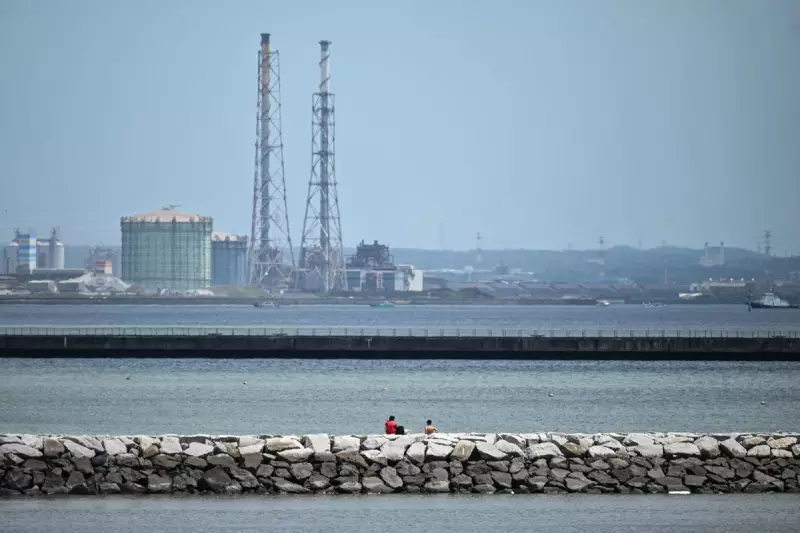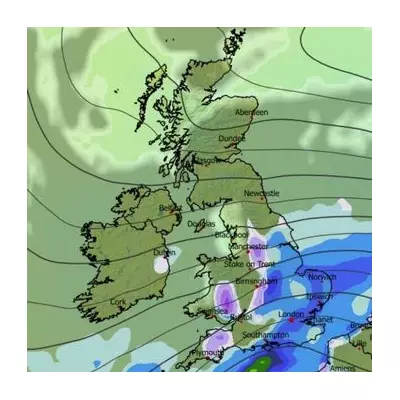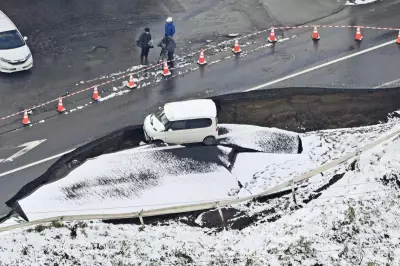
The Fukushima region of Japan was placed on high alert after a powerful earthquake struck near Russia's eastern coast, prompting authorities to issue a tsunami warning. The 6.0 magnitude tremor, which occurred early Monday morning, reignited fears in an area still scarred by the catastrophic 2011 disaster.
Immediate Response and Evacuations
Japanese meteorological officials swiftly issued tsunami advisories for coastal areas, urging residents to move to higher ground. While initial waves were reported to be less than one metre, the warning brought back painful memories for Fukushima communities devastated by the 2011 tsunami that triggered a nuclear meltdown.
Regional Impact and Preparedness
Emergency protocols were activated across northeastern Japan, with local authorities:
- Deploying warning systems along vulnerable coastlines
- Preparing evacuation centres in elevated locations
- Mobilising disaster response teams
The earthquake's epicentre was located in the Pacific Ocean approximately 200 kilometres southwest of Russia's Kuril Islands, at a depth of about 10 kilometres.
Scientific Perspective
Seismologists noted that while the quake was significant, Japan's advanced early warning systems and reinforced infrastructure helped mitigate potential damage. "This event demonstrates how far Japan's disaster preparedness has come since 2011," explained Dr Haruto Yamamoto, a geophysics professor at Tokyo University.
Authorities maintained a state of alert for several hours before downgrading the tsunami warning, confirming no major damage had been reported. The incident serves as a stark reminder of Japan's vulnerability to seismic activity along the volatile Pacific Ring of Fire.





